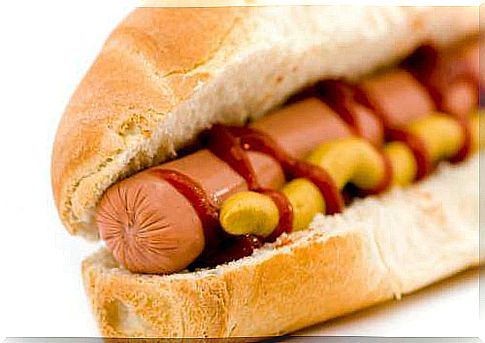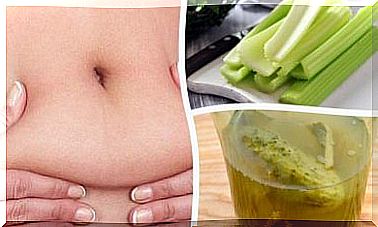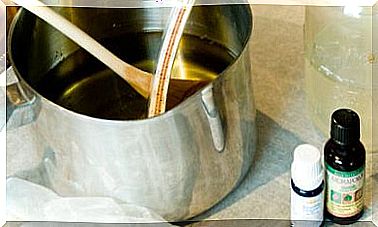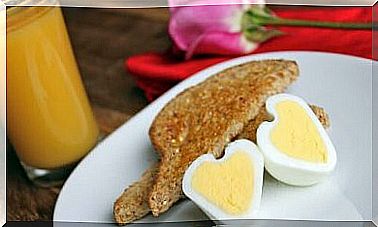Nitrite Additives In Sausages Are Carcinogenic
Although it is advisable not to consume more than 12 sausages per month, we can deviate from this rule if they are prepared at home, such as those of the butcher, for example. However, industrial sausages should be avoided.

Some components used in one of the most consumed foods in the world (especially by children) could cause cancer. Recent studies have shown that the consumption of sausages, and especially the nitrite they contain, could be a significant risk factor for consumers.
The link between sausage consumption and certain illnesses
One of the surveys linked the consumption of sausages, as well as other similar foods, to the occurrence of leukemia.
For this, they analyzed the diets of children, from their birth to their 10 years. Those who ate more than 12 sausages per month were nine times more likely to suffer from this blood disease.
And the risk was also present in children when their mothers ate at least 12 sausages per month before becoming pregnant or during gestation.
The city of Denver, United States, conducted another study. The latter found that children whose mothers ate at least one sausage per week during pregnancy were twice as likely to develop brain tumors.
Why can sausages cause cancer?
One of the major problems with this food is its nitrite content. This substance is indeed used as a preservative, to fight botulism.
These nitrites merge with other natural components of meat when cooking these foods. They thus form components called N-nitrites, which are carcinogenic.
Nitrites also form this same substance when they reach the stomach. It can therefore cause cancers of the bladder, brain, stomach, kidneys, esophagus and oral cavity.
All processed meats contain nitrites, not just sausages. The problem therefore also arises for certain minced steaks and for bacon.
It should be noted that all sausages on the market do not contain nitrite. Those that contain the most are distinguished by their color.
Indeed, if they have a very red color (associated with the freshness of the meat), this is due to the massive use of preservatives.
Sausages without nitrites have a light brown or flesh color. However, this trick is not completely safe. Agri-food companies manage to combine nitrites with other foods to give these products a more natural color. They nevertheless remain carcinogenic.
It therefore appears important to favor artisanal sausages. They can be bought directly from the producer, at the market or in certain butcher shops.
Those which are industrial can be found in supermarkets. They are sold in hermetically sealed packages.
In addition, it is not advisable to eat more than 12 sausages, whether industrial or homemade.
We therefore recommend that you buy it without nitrites. Also make sure your kids don’t eat too much of it in the canteen.
Some vegetables also contain nitrites (especially green vegetables, such as salad, celery or spinach). However, the consumption of these plants reduces the risk of suffering from cancer.
Indeed, carcinogenic substances, N-nitrites, are not formed during their cooking. Nitrite in vegetables is beneficial for health. Indeed, it contains vitamins C and D, which are inhibitors of N-nitrites. These plants are therefore not dangerous for our health, quite the contrary.
How are sausages made?
If you are looking for information on these foods, or if the nitrite studies have not completely convinced you, it seems important that you know how sausages are made.
You can then choose, in your soul and conscience, to eat it or not.
It is one of the most consumed foods in the world, and at the same time, one of the oldest, and some of its secrets are worth revealing.
We are referring here to industrial sausages, sold in supermarkets. Those whose origins are rather suspect.
Doctors, nutritionists, scientists and researchers analyzed each of the components found in these sausages. Other countries know them as hot dogs, knacks, frankfurters or Viennese sausages.
There are over 35 different kinds of sausages, but here we are referring to Viennese type sausages.
The components and techniques used by most brands of industrial sausages are as follows:
Mechanically separated meat
The meat of the sausages is of poultry origin. It mainly comes from different poultry, such as hen, chicken and turkey. The poultry are plucked and put into a mechanical system that separates the bones from the meat.
This process is also used for cows or pigs, but to a lesser extent. If we pass the sausage meat under the microscope, we can observe that it contains many crushed tissues and bones, but also nerves, cartilage, blood vessels, skin, etc.
Flavor agents and water
The second main ingredient in sausages is none other than water. The dietary rules in force indeed require that they contain at least 10%.
However, some brands contain almost 50%. We can legitimately think that it is something good for the health. It is not, however, pure water.
It is in fact mixed with flavoring agents, which vary according to the country of manufacture of the sausages. They are chemicals, essences and artificial flavors, for the most part.
Salt and corn syrup
These two ingredients are present in large quantities in all foods of the “fast food” type.
Corn syrup is used to bring consistency to the food, as well as a texture and a sweet flavor similar to traditional or artisanal sausages.
For its part, salt is used to preserve the food and to prepare it correctly. The proportions are however often enormous. They are often around 500 mg of salt, the equivalent of 20% of the recommended daily allowance.
Soda ash and potassium lactates
Soda ash is a mixture of sodium salts and phosphoric acid. It works as an additive.
It interacts with proteins (making them unnecessary), increases the juiciness of meat and reduces water loss.
Potassium lactate is an acidity regulator and an antioxidant. It preserves meat thanks to its antibacterial properties.









